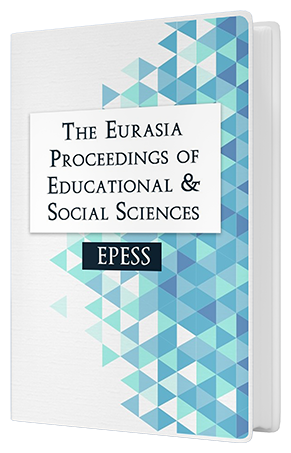The Future Impact of Artificial Intelligence according to the Opinions of Hungarian and Turkish Youth in the Sight of a National Competitveness
DOI:
https://doi.org/10.55549/epess.851Keywords:
Digitalisation, Artificial intelligence, Innovation, Educational technology, DevelopmentAbstract
: The 21st century has brought many changes to our lives. Digitalisation has gained unprecedented momentum, leading to a series of innovations in the field. Artificial intelligence was in its infancy at the beginning of the millennium. Research into artificial intelligence as given a boost by the rise in computer power and the ubiquity of the internet, which opened up new avenues for research. The real breakthrough for artificial intelligence came in the 2010s, when deep learning and the use of neural networks became widespread and generalised. Opinions on the future of AI are very mixed. One thing is certain: its rapid future development will transform the labour market, education, but the production and manufacturing sectors will be no exception. Artificial intelligence applications are capable of autonomous decision-making and creative problem solving, which will make people increasingly comfortable. Today's young people will certainly learn, work and live in an environment that will be significantly influenced by AI applications. That is why we consider it very important to get the views of the young, currently school-age generation on this topic, in order to prepare them adequately for the challenges and expectations. To be able to cope in a world where artificial intelligence is at work, young people need to have the right digital skills and competences, which the education system must provide them with. Our study aims to highlight the differences between Hungarian and Turkish young people, and to show the development directions and gaps for future success.
Downloads
Published
How to Cite
Issue
Section
License
Copyright (c) 2024 The Eurasia Proceedings of Educational and Social Sciences

This work is licensed under a Creative Commons Attribution 4.0 International License.
The articles may be used for research, teaching, and private study purposes. Any substantial or systematic reproduction, redistribution, reselling, loan, sub-licensing, systematic supply, or distribution in any form to anyone is expressly forbidden. Authors alone are responsible for the contents of their articles. The journal owns the copyright of the articles. The publisher shall not be liable for any loss, actions, claims, proceedings, demand, or costs or damages whatsoever or howsoever caused arising directly or indirectly in connection with or arising out of the use of the research material. All authors are requested to disclose any actual or potential conflict of interest including any financial, personal or other relationships with other people or organizations regarding the submitted work.




